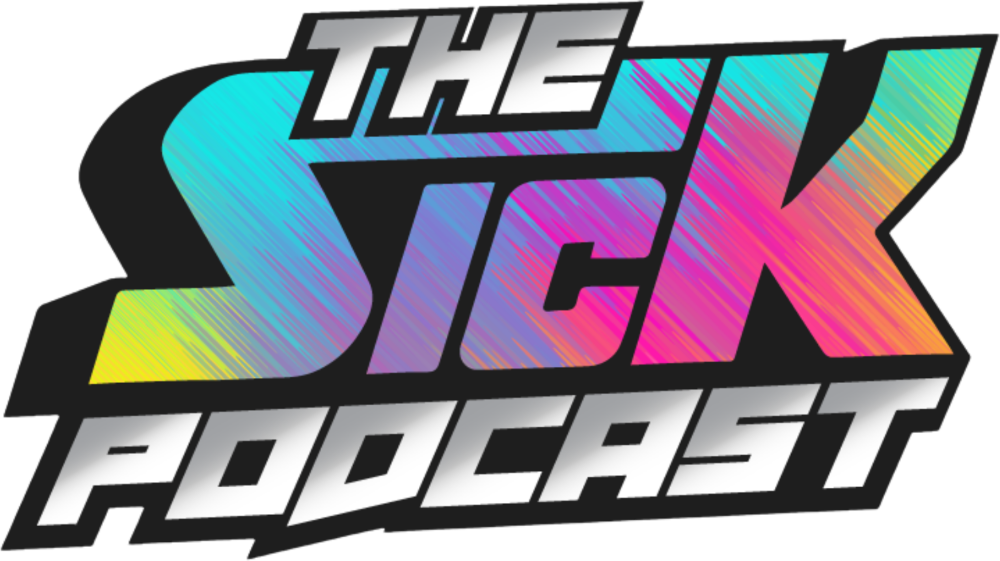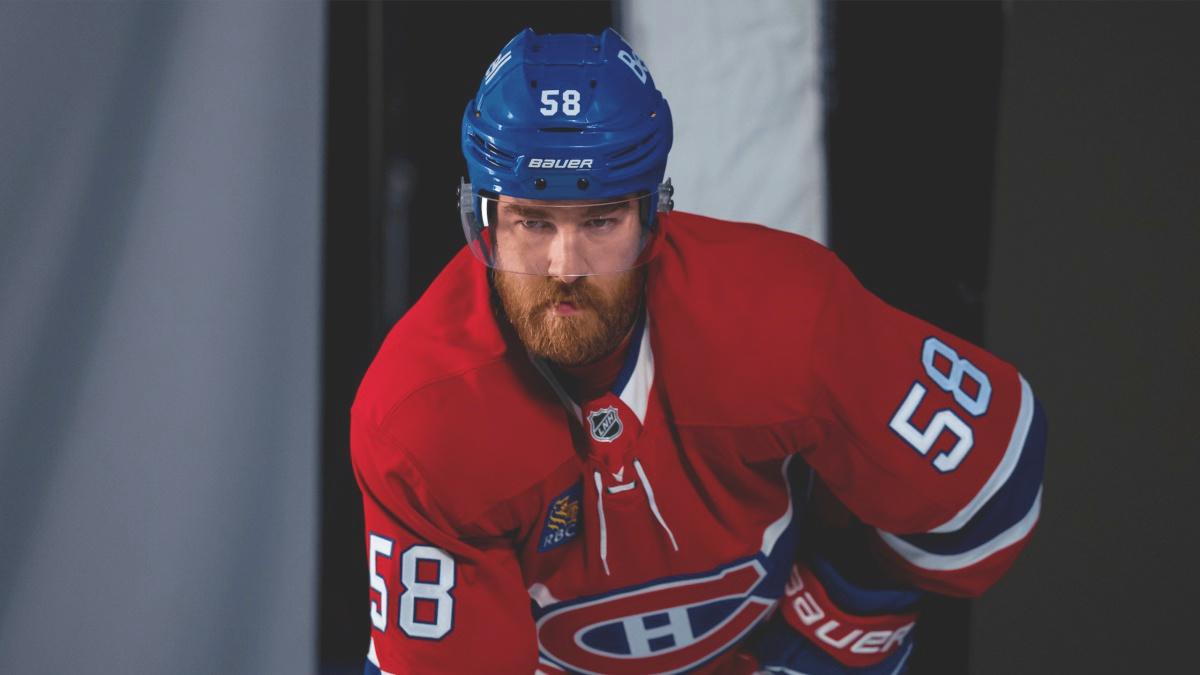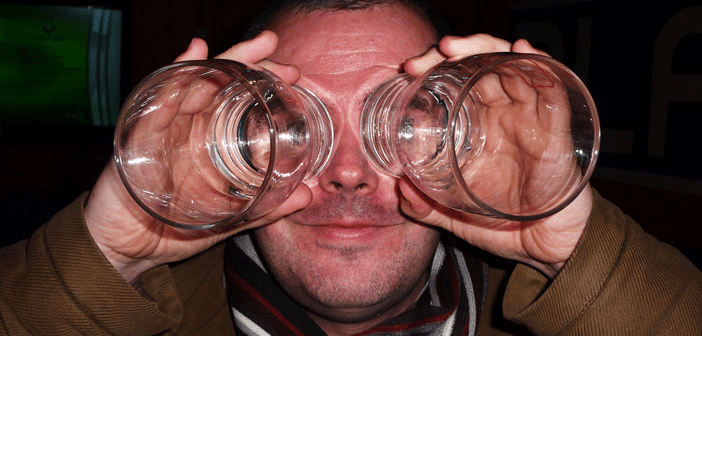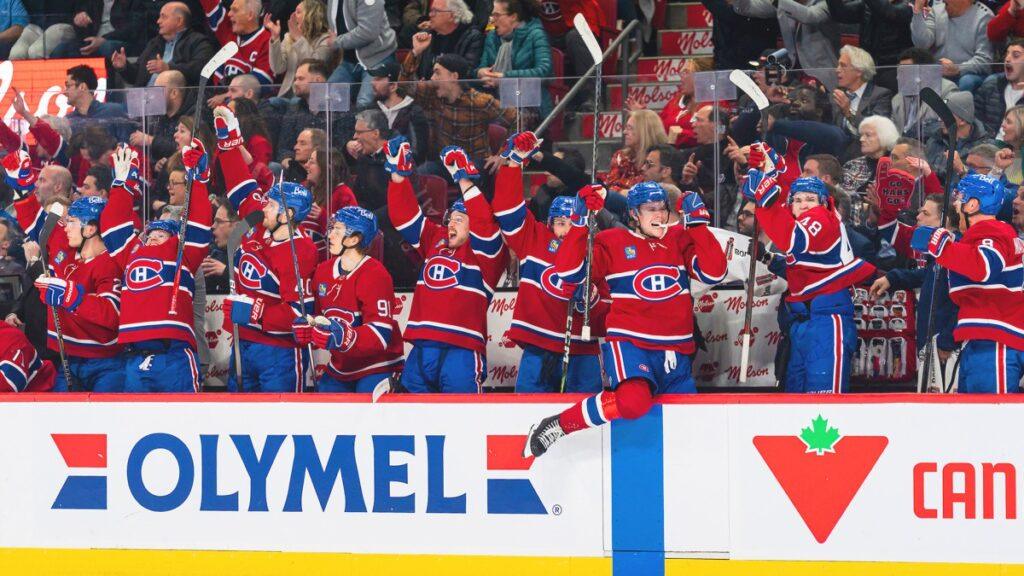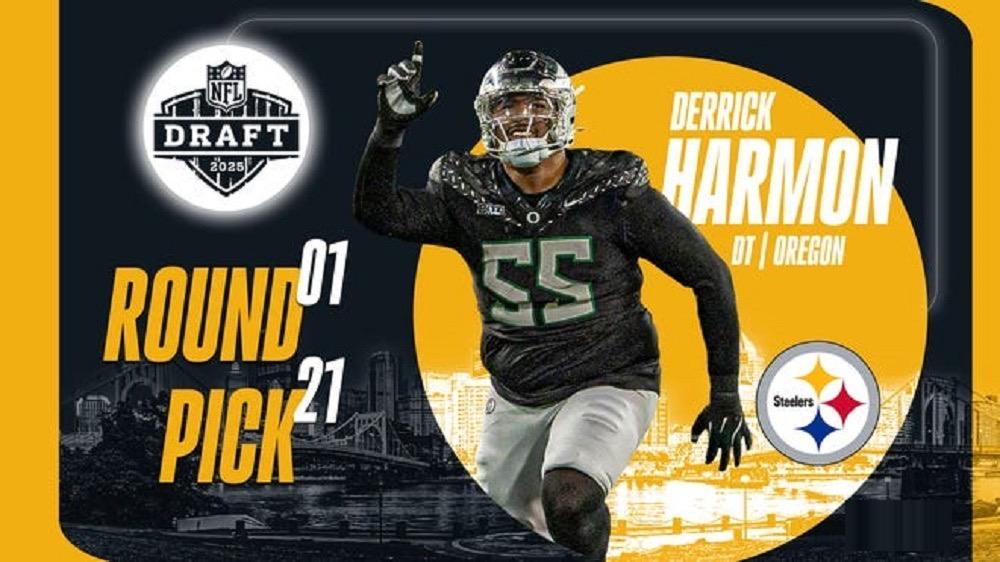The Montreal Canadiens have already outperformed expectations this season. Not only are they “in the mix”—they’re trading blows with the Washington Capitals in Round 1 of the Stanley Cup Playoffs. In doing so, they’ve kicked open the door to the next phase of their rebuild. What was once about drafting is now about development and competing. And with that leap comes something new: rising expectations.
Looking ahead, it’s clear to anyone following this team that a few key needs must be addressed. Not long ago, we explored the Canadiens’ desperate search for a second-line centre to support Nick Suzuki and push the offense forward.
Now, another hole is about to open on the back end.
Veteran defenseman David Savard—recognizing that his game isn’t where it once was—has announced he’ll retire after these playoffs. That news leaves an already thin right side even more exposed, especially in terms of experience and reliability.
Yes, promising young blue-liners like Logan Mailloux and David Reinbacher are waiting in the wings and will compete for roster spots next fall. However, rushing into top-four roles too soon risks hindering their confidence, and therefore their development. The Canadiens could be forced to play a couple of lefties on the right side, a solution far from ideal, as we explained in details in the past.
The ideal scenario? Acquiring a proven, top-four right-shot defenseman to stabilize the group, with a year or two left to his contract, buying time for Mailloux or Reinbacher to ease into their role.
That can happen in two ways: free agency or trade. Let’s start with the UFA market.
While tempting in theory, this summer’s crop of free agent right-shot defensemen is underwhelming. Add to that the fact that Montreal hasn’t historically been a UFA hotspot, and the odds of landing a quality veteran drop significantly. Demand will also drive up prices due to limited supply.
There are two interesting candidates who could give the Canadiens a hand:
- Travis Hamonic
- Aaron Ekblad
Former GM Marc Bergevin often warned that the biggest mistakes are often made on July 1st—and it’s a sentiment current GM Kent Hughes, a former players’ agent, seems to share. Just weeks ago, Hughes hinted he’d rather overpay via trade than do so in free agency.
So let’s talk trades.
Montreal is well positioned to deal. The organization boasts one of the NHL’s deepest prospect pools—rich in both quality and quantity. They simply won’t be able to sign or roster everyone. On top of that, the Canadiens have NHL-level depth at certain positions, plus a treasure trove of draft picks over the next two years. That’s more than enough ammo to swing a deal for both a second-line centre and a veteran right-handed defenseman.
Here are a few intriguing options on the trade front:
- Rasmus Andersson (CGY) – 1 year at $4.55M (M-NTC: 6-team no-trade list)
- Connor Murphy (CHI) – 1 year at $4M (M-NTC: 10-team no-trade list)
- Rasmus Ristolainen (PHI) – 2 years at $5.1M (no trade protection)
- Erik Karlsson (PIT) – 2 years at $10M (50% salary retained)
- Justin Faulk (STL) – 2 years at $6.5M (M-NTC: 15-team no-trade list)
Acquiring one of these veterans would allow Mailloux or Reinbacher to begin their NHL careers in more sheltered, third-pairing roles. If they progress as hoped, they could gradually push someone like Alex Carrier into a better-suited bottom-pairing spot.
As this youthful Canadiens squad gains valuable playoff experience, they appear to be growing up faster than anyone expected. That means management’s job starts now—not just evaluating, but acting. If the window has been opened, it’s time to step through it.
